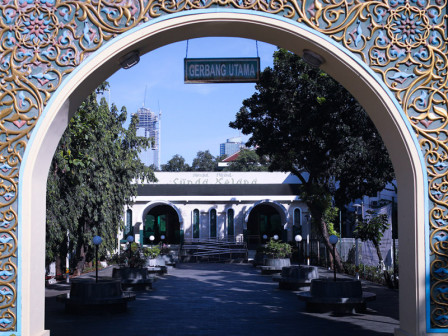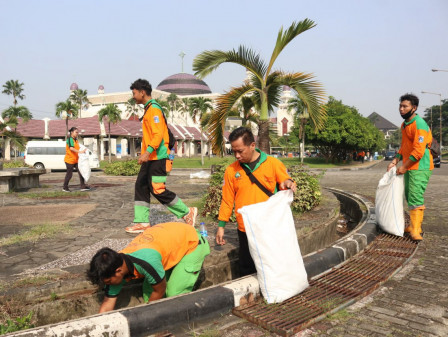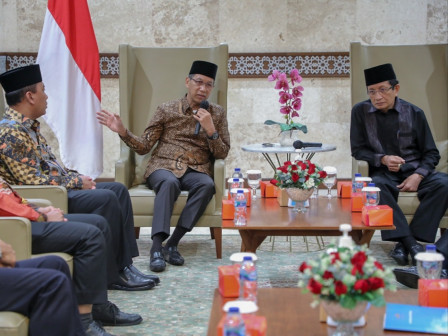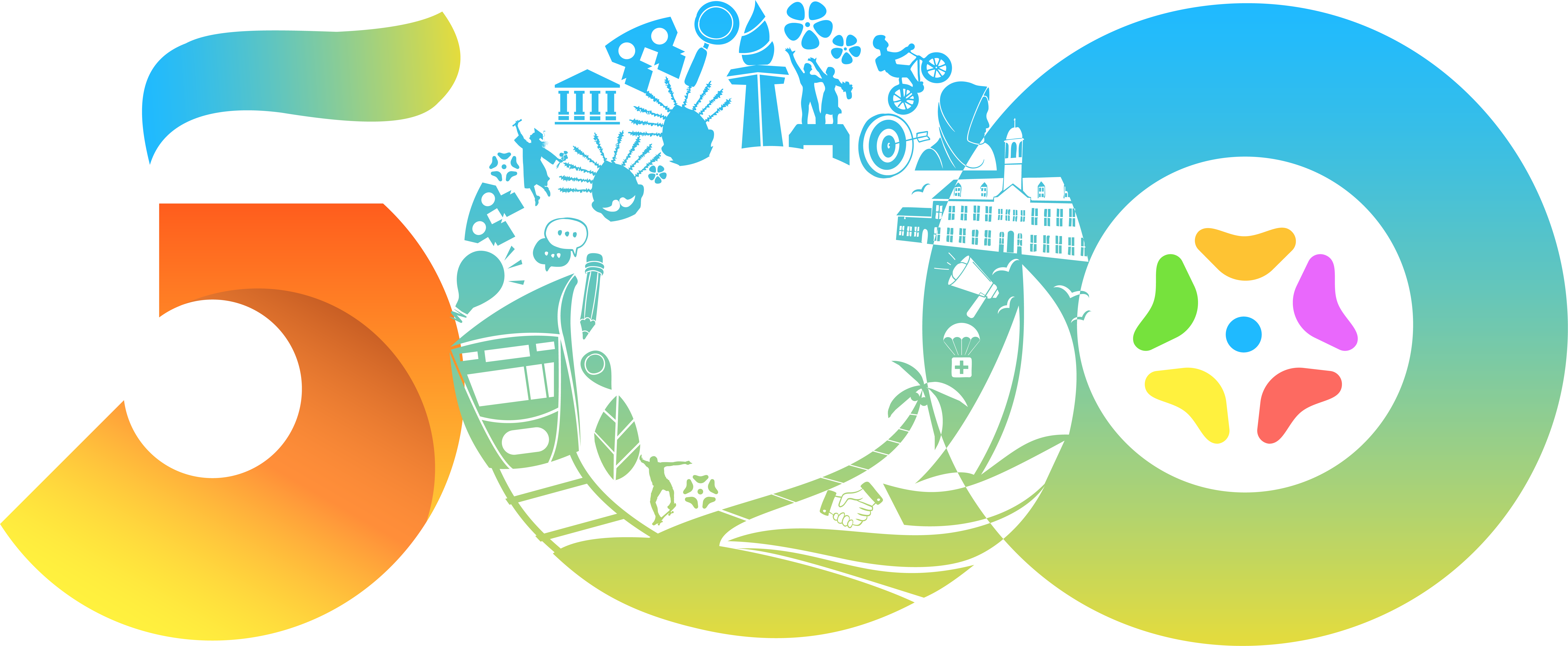A Peek Into History of Sunda Kelapa Grand Mosque
Reported by Wuri Setyaningsih | Translated by Nugroho Adibrata
In 1968, the groundbreaking began with the self-help budget of the residents
Those of you who usually pass on Jalan Taman Sunda Kelapa, Menteng, Central Jakarta must be familiar with the Great Mosque of Sunda Kelapa.
Besides being known as magnificent, the mosque which was built in 1967, precisely during the era of Jakarta Governor, Ali Sadikin also has a very unique history and building concept.
Here is Agenda for Ramadan Activities at Hasyim Asy'ari Great MosqueSunda Kelapa Grand Mosque Staff Secretary, Muhammad Reno Fathur Rahman stated the idea of building this mosque started in 1950 when Muslim residents in Menteng wanted to build a mosque independently.
"It was only when entering the era of 1967, residents proposed the construction of a mosque to Governor Ali Sadikin. His proposal was welcomed," he explained, Monday (4/3).
In that era, the Sunda Kelapa Grand Mosque was built on a 9,920-square-meter land owned by the Jakarta Provincial Government.
"In 1968, the groundbreaking began with the self-help budget of the residents," he explained.
According to him, building this mosque at that time was constrained by the budget because the self-help funds collected were only Rp 7.2 million. The construction of the mosque was finally able to continue after being taken over by the Jakarta Government.
"The mosque was then completed and inaugurated by Governor Ali Sadikin on March 31, 1971, and opened to the public the day after," he continued.
During its construction, the interior and exterior design of the Sunda Kelapa Grand Mosque involved a well-known architect, Ir. Gustaf Abbas who also designed the Salman Mosque on Jalan Ganesha, Bandung, West Java.
The design at that time broke the design characteristics of mosques in Indonesia which were synonymous with Middle Eastern-style domes and pillars. The Sunda Kelapa Grand Mosque was built more modern for its time with symbols that were flexible and not rigid.
"Interestingly, he made the roof of the mosque with a curved design like a ship. This gives the mosque another meaning to remind us that the location of the mosque is also close to Sunda Kelapa Port," he explained.
Philosophically, the Sunda Kelapa Great Mosque is like a port for humans on their final destination facing God. Usually, on their way, they will run out of logistics and dock.
"This means that the mosque is a port for humans who want to replenish their faith," he explained.
When the mosque started operating, it was filled with various religious activities such as prayers and recitations. Gradually, the activities of this mosque grew until in 1973 an Islamic Center was presented that aimed to echo various Islamic studies.
At the same time, the Muallaf Center was built, where until now it has been recorded as converting to and fostering 19,740 Indonesian citizens and foreign nationals from America, Britain, the Netherlands, China, Austria, Japan, South Korea, Italy, Sweden, and Germany.
"In 1973, there was also the Sunda Kelapa Islamic Youth Movement (Riska) youth movement. This movement started from a community of youths on Jalan Sabang who enjoyed roller skating. They then joined this mosque and formed Riska," he added.
Sunda Kelapa Grand Mosque Business Section Head, Dimas Candrika added that as time went on, the Sunda Kelapa Grand Mosque was getting more advanced and intensifying religious activities.
In this year's Ramadan, mosque caretakers have prepared various activities for local residents and congregations, such as pesantren kilat for children (Islam study class), tarawih prayers, Ramadan bazaar, Nuzulul Quran (the revelation of the Quran), i'tikaf (seclusion in a mosque), takjil distribution (light snacks for iftar), collection of Zakat Infak and Alms (ZIS) to religious education for converts, recitation for disabilities, takbiran (recitation of Allah is great), and Idul Fitri prayers.
"For seven-minute sermons (kuliah-tujuh-menit *Kultum*) delivered different speakers," he stated.





